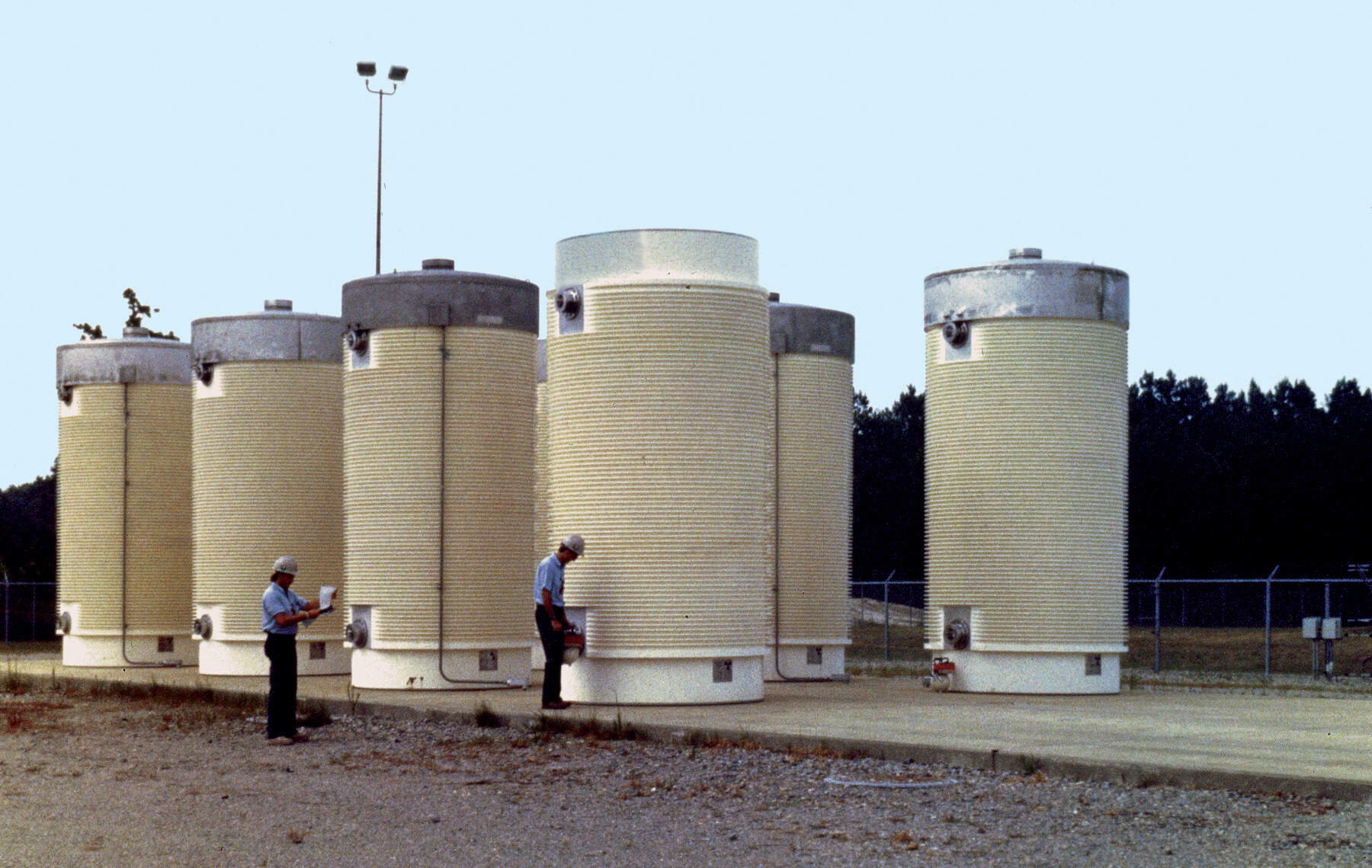

Articles
How To Store Nuclear Waste
Modified: August 27, 2024
Learn how to safely store and manage nuclear waste with informative articles. Gain valuable insights and expert advice to ensure proper containment and disposal.
(Many of the links in this article redirect to a specific reviewed product. Your purchase of these products through affiliate links helps to generate commission for Storables.com, at no extra cost. Learn more)
Introduction
Proper nuclear waste storage is a critical aspect of the nuclear energy industry. As a powerful source of energy, nuclear power generates a substantial amount of waste that carries potential risks if not handled and stored correctly. This waste, known as nuclear waste or radioactve waste, is produced during various stages of the nuclear fuel cycle, including reactor operation, reprocessing, and decommissioning.
The effective management and storage of nuclear waste are essential to minimize the impact on human health and the environment. Improper storage can result in the release of harmful radioactive materials, which can contaminate air, water, and soil, and pose significant risks to living organisms, including humans.
This article explores the importance of proper nuclear waste storage, the regulatory framework surrounding it, safety measures, different types of nuclear waste, and the various methods used to store them. We will delve into the storage methods for low-level, intermediate-level, and high-level nuclear waste, as well as long-term storage options. We will also discuss the crucial aspects of monitoring and maintenance of nuclear waste storage facilities and touch upon future advances in nuclear waste storage technology.
By delving into the topic of nuclear waste storage, we aim to shed light on the challenges and complexities involved in effectively managing this hazardous material. Additionally, we hope to increase awareness of the importance of implementing safe and sustainable practices to ensure the long-term well-being of our planet and future generations.
Key Takeaways:
- Proper nuclear waste storage is crucial for protecting human health, preserving the environment, and preventing the release of radioactive materials into the surroundings. Robust safety measures and ongoing monitoring are essential for long-term safety.
- Advancements in waste forms, container design, and storage concepts offer promising prospects for enhancing the safety, durability, and longevity of nuclear waste storage facilities. Ongoing research and innovation are key to sustainable and efficient waste management solutions.
Read more: How To Dispose Of Renovation Waste
Importance of Proper Nuclear Waste Storage
The proper storage of nuclear waste is of utmost importance due to the potential hazards it poses to both human health and the environment. Nuclear waste contains radioactive materials that emit ionizing radiation, which can cause severe harm if not handled and stored correctly.
One of the primary reasons proper nuclear waste storage is essential is to protect human health. Exposure to high levels of radiation can lead to cancer, genetic mutations, and other serious health conditions. By storing nuclear waste in secure and controlled facilities, the risk of accidental exposure is greatly reduced. Additionally, proper storage prevents the release of radioactive materials into the environment, minimizing the potential for contamination of air, water, and soil.
Another critical aspect of proper nuclear waste storage is the preservation of the natural environment. Radioactive materials can have long-term impacts on ecosystems, disrupting wildlife and vegetation. Contamination of water sources can also have severe consequences for aquatic life. Implementing safe storage practices ensures the protection of these ecosystems and helps maintain the delicate balance of our planet’s biodiversity.
Furthermore, proper nuclear waste storage plays a crucial role in preventing unauthorized access and potential misuse of radioactive materials. The security measures implemented in waste storage facilities help ensure that nuclear materials are not obtained by individuals or groups with malicious intent. This is particularly important given the potential use of radioactive materials in acts of terrorism or the production of nuclear weapons.
Proper waste storage is also essential for the future of nuclear energy. As the demand for clean and sustainable energy sources grows, nuclear power is expected to play a significant role in meeting these needs. However, public acceptance of nuclear energy depends on the assurance that radioactive waste is managed responsibly and safely. By demonstrating effective waste storage practices, the nuclear industry can build trust and confidence among the public and policymakers, paving the way for the continued development and expansion of nuclear energy.
In summary, the importance of proper nuclear waste storage cannot be underestimated. It is crucial for ensuring the protection of human health, the preservation of the environment, the prevention of unauthorized access to radioactive materials, and the sustainable growth of the nuclear energy industry. By implementing robust storage practices, we can mitigate the risks associated with nuclear waste and contribute to a safer and cleaner future.
Regulatory Framework for Nuclear Waste Storage
The storage of nuclear waste is subject to stringent regulations and guidelines to ensure the highest level of safety and security. The regulatory framework for nuclear waste storage is designed to prevent accidents, protect human health, and safeguard the environment from the potential hazards associated with radioactive materials.
At the international level, several organizations play a crucial role in establishing and implementing standards for nuclear waste storage. The International Atomic Energy Agency (IAEA), a specialized agency of the United Nations, sets international guidelines and standards for the management of radioactive waste. These guidelines cover various aspects of waste management, including storage, transportation, and disposal.
Additionally, many countries have established their own regulatory bodies to oversee nuclear waste storage within their borders. These regulatory bodies, such as the Nuclear Regulatory Commission in the United States or the Nuclear Safety Authority in France, enforce national regulations and ensure compliance with international guidelines.
The regulatory framework for nuclear waste storage typically includes requirements for the design, construction, and operation of storage facilities. It sets standards for the containment and isolation of radioactive materials to prevent their release into the environment. These standards often include measures such as multiple barriers, including engineered barriers and natural geological formations, to ensure the long-term isolation of nuclear waste.
Furthermore, the regulatory framework includes provisions for the monitoring and inspection of storage facilities. Regular inspections are conducted to verify compliance with safety standards and to ensure the integrity of the storage containers and infrastructure. Monitoring systems are employed to track radiation levels and detect any anomalies or breaches in containment.
The regulatory framework also covers emergency preparedness and response measures. It requires operators of nuclear waste storage facilities to have robust emergency plans in place to mitigate the impact of any unforeseen incidents. These plans include procedures for notifying relevant authorities and the public, as well as measures for evacuating or sheltering individuals in the vicinity of the storage facility, if necessary.
The responsibilities and liabilities associated with the storage of nuclear waste are also addressed within the regulatory framework. Operators of storage facilities are required to have financial arrangements in place to cover the costs of decommissioning the facility and managing the waste in the long term. This ensures that the burden of responsibility does not fall on future generations.
By establishing a comprehensive regulatory framework, governments and international organizations aim to ensure that nuclear waste is stored safely and securely. The regulations and guidelines are continuously reviewed and updated to incorporate new scientific knowledge, technological advancements, and lessons learned from past experiences. This ongoing improvement in the regulatory framework contributes to the continuous enhancement of nuclear waste storage practices, further reducing the risks associated with radioactive materials.
Safety Measures for Nuclear Waste Storage
Nuclear waste storage requires stringent safety measures to protect the environment, human health, and prevent any potential release of radioactive materials. These safety measures are designed to ensure the long-term integrity and security of storage facilities, as well as to minimize the risks associated with the storage of nuclear waste.
One of the most critical safety measures is the design and construction of robust storage containers. These containers are specially engineered to safely contain and isolate radioactive materials. They are made from materials that are resistant to corrosion and degradation over time, ensuring the long-term integrity of the waste containment system. Additionally, these containers are designed to withstand external forces such as natural disasters or human-induced events to prevent any breaches in containment.
Another safety measure is the selection of suitable storage sites. High-level nuclear waste, in particular, requires long-term storage in deep geological repositories. These repositories are located in stable geological formations, such as deep underground caverns, where the waste can be isolated from the surrounding environment. The selection of these sites involves thorough geological studies and assessments to ensure their suitability for long-term storage.
Monitoring and surveillance systems are crucial safety measures for nuclear waste storage. These systems continuously monitor the storage facilities and surroundings to detect any anomalies or potential breaches. Radiation detection instruments are used to measure radiation levels and identify any potential leaks or releases of radioactive materials. Regular inspections and maintenance of monitoring systems are essential to ensure their effectiveness and reliability.
Implementing proper operational procedures and training for personnel involved in nuclear waste storage are vital safety measures. Operators of storage facilities are well-trained in handling and managing radioactive materials, following strict procedures to minimize the risk of accidents or human errors. Adequate training ensures that all personnel understand the potential dangers associated with nuclear waste and are equipped with the knowledge and skills to respond appropriately in case of emergencies.
Security measures are also essential safety measures for nuclear waste storage. These measures include physical barriers, access controls, surveillance systems, and intrusion detection systems to prevent unauthorized access to radioactive materials. The facilities are typically guarded, and strict protocols are in place to monitor individuals entering and exiting the storage areas.
Emergency preparedness and response plans are critical safety measures for nuclear waste storage facilities. These plans outline procedures for responding to accidents, natural disasters, or other unforeseen events. They define roles and responsibilities, communication protocols, and evacuation procedures to ensure a timely and effective response. Regular drills and exercises are conducted to test the emergency plans and identify areas for improvement.
Lastly, ongoing research and development of new technologies and techniques are essential safety measures. Advances in materials science, engineering, and waste management techniques contribute to the continuous improvement of nuclear waste storage safety. Continued research aims to enhance the long-term stability and performance of storage containers, develop better monitoring technologies, and explore innovative storage methods.
By implementing these safety measures, the risks associated with nuclear waste storage can be minimized, ensuring the long-term protection of human health and the environment. The combination of secure containment systems, rigorous operational procedures, comprehensive monitoring and surveillance, and robust emergency response plans create a multi-layered approach to safeguarding radioactive materials and preventing any potential harm.
Types of Nuclear Waste and Their Storage Requirements
Nuclear waste can be categorized into different types based on its level of radioactivity and the duration for which it remains hazardous. These different types of waste have varying storage requirements to ensure safe and secure containment. The three main types of nuclear waste are low-level waste, intermediate-level waste, and high-level waste.
Low-level waste (LLW) includes materials that have a relatively low level of radioactivity and pose a minimal risk to human health and the environment. Examples of low-level waste include protective clothing, tools, filters, and other items that come into contact with radioactive materials during routine operations in nuclear facilities. The storage requirements for low-level waste typically involve segregating the waste based on its level of radioactivity and packaging it in containers that provide sufficient shielding from radiation. These containers are then stored in specially designated areas within licensed waste disposal facilities.
Intermediate-level waste (ILW) consists of materials with a higher level of radioactivity and poses a greater potential risk. This type of waste includes items such as used reactor components, resins, and contaminated machinery. The storage requirements for intermediate-level waste are more stringent compared to low-level waste. ILW is typically packaged in robust containers that provide enhanced shielding and containment. Storage facilities for intermediate-level waste often involve the use of engineered structures, such as reinforced concrete vaults or underground repositories, to ensure long-term stability and isolation from the environment.
High-level waste (HLW) is the most radioactive and hazardous type of nuclear waste. It is primarily generated from the spent fuel of nuclear reactors. High-level waste contains a mixture of highly radioactive isotopes, including long-lived isotopes that remain hazardous for thousands of years. Due to its high radioactivity and potential risks, high-level waste requires the most stringent storage requirements. The most common approach for storing high-level waste is through deep geological repositories. These repositories are located deep underground in stable geological formations, providing multiple barriers to prevent any release of radioactive materials. Sophisticated engineered containers and barriers are used to ensure the long-term isolation and containment of high-level waste.
Each type of nuclear waste has specific regulations and guidelines that govern its storage and disposal. These regulations focus on ensuring the safe handling, packaging, transport, and labeling of waste materials. Some countries have established centralized facilities for storing and managing nuclear waste, while others may utilize regional or site-specific storage options.
In addition to the above types, there is also a category known as transuranic waste (TRU) that consists of waste materials contaminated with elements heavier than uranium. Transuranic waste is typically generated from nuclear research and weapons-related activities. This waste is characterized by its long-lived radioactive isotopes and requires special storage requirements and isolation from the environment. Transuranic waste is often stored in dedicated facilities, such as the Waste Isolation Pilot Plant (WIPP) in the United States.
The storage requirements for nuclear waste are continuously evolving as new technologies and scientific knowledge emerge. The objective is to ensure the long-term safety and security of these materials, protecting both current and future generations from the potential harms posed by radioactive waste.
Read more: How To Recycle Waste From Construction
Storage Methods for Low-Level Nuclear Waste
Low-level nuclear waste (LLW) consists of materials with a relatively low level of radioactivity that pose minimal risks to human health and the environment. Proper storage of low-level waste is crucial to prevent any potential release of radioactive materials. Several storage methods are employed to ensure the safe containment of low-level nuclear waste.
One common storage method for low-level waste is near-surface disposal. This method involves burying the waste in specialized waste disposal facilities that are designed to meet strict regulatory requirements. These facilities are typically located in geologically stable areas with appropriate soil characteristics. The waste is packaged in appropriate containers to provide containment and to prevent any contact with the environment. The waste is then placed in trenches or vaults and covered with layers of soil and other engineered barriers to provide additional protection. Monitoring and maintenance programs are implemented to ensure the long-term stability of the disposal site.
Another storage method for low-level waste is above-ground storage facilities. These facilities are designed to securely store the waste in specially engineered containers or casks. The containers are made from materials that provide shielding against radiation and prevent the release of radioactive particles. Above-ground storage facilities are typically located within nuclear power plant sites or other specialized storage areas. They are equipped with environmental monitoring systems to detect any potential leaks or releases and are subject to regular inspections and maintenance.
Interim storage is another approach used for low-level nuclear waste. Interim storage facilities are designed to store waste materials for shorter periods until a permanent disposal solution is implemented. These facilities can be located on-site at nuclear power plants or in centralized storage facilities. Interim storage may involve the use of concrete or steel containers that provide shielding and containment. The waste is carefully monitored and managed until it can be transferred to a permanent disposal facility or undergo further treatment.
Some low-level waste can also undergo treatment processes before storage. These treatment processes aim to reduce the volume and/or concentration of radioactive materials in the waste. For example, incineration or compaction techniques can be employed to reduce the volume of certain waste types. The treated waste is then packaged and stored using the appropriate storage methods mentioned above.
The selection of the storage method for low-level nuclear waste depends on various factors, including the specific characteristics of the waste, the regulatory requirements, and the available infrastructure. The goal is to ensure that the waste is stored in a manner that minimizes the risks of radiation exposure and prevents any potential release of radioactive materials into the environment.
It is important to note that low-level nuclear waste is subject to specific disposal and storage regulations and must comply with the relevant regulatory guidelines. Careful monitoring, regular inspections, and adherence to proper handling and storage protocols are essential to maintaining the safety and security of low-level nuclear waste storage facilities.
When storing nuclear waste, it is important to use multiple barriers such as containers, engineered barriers, and geological barriers to ensure long-term safety and containment.
Storage Methods for Intermediate-Level Nuclear Waste
Intermediate-level nuclear waste (ILW) is generated from various nuclear activities, including reactor operations and decommissioning. This type of waste contains a higher level of radioactivity compared to low-level waste and requires more stringent storage methods to ensure long-term safety and containment.
One commonly used storage method for intermediate-level waste is surface or near-surface repositories. These repositories are specially designed to safely store the waste above ground, with appropriate engineering and containment measures in place. The waste is carefully packaged in robust containers that provide shielding against radiation and prevent the release of radioactive materials. The containers are then placed in vaults or specially engineered structures to protect them from external forces and the environment. Multiple barriers, such as engineered seals and covers, are employed to enhance containment and prevent the migration of radioactive materials. Surface or near-surface repositories are monitored, inspected, and maintained to ensure the integrity of the storage system.
Another storage method for intermediate-level waste is the use of specialized deep geological repositories. These repositories are located deep underground in stable geological formations, such as salt, clay, or granite. The waste is packaged in highly engineered containers that provide enhanced shielding and containment. These containers are carefully placed in designated disposal areas within the repository and surrounded by a series of engineered barriers, including backfill materials and seals, to prevent any escape of radioactive materials. The natural geological formation itself acts as an additional barrier, providing long-term isolation and containment. Deep geological repositories undergo a rigorous site selection process and are subject to strict regulatory oversight to ensure their long-term safety and suitability for hosting intermediate-level waste.
Some countries also employ the strategy of retrievable storage for intermediate-level waste. This approach involves the storage of waste in facilities where the waste can be retrieved and potentially reprocessed or transferred to a permanent disposal facility at a later stage. Retrievable storage provides flexibility and the ability to adapt to future advancements in waste management technologies. The waste is stored in carefully designed facilities or structures equipped with monitoring systems and containment measures to ensure the safe storage and retrieval of the waste.
Interim storage facilities can also be utilized for storing intermediate-level waste. These facilities are designed to store waste for a temporary period until a final disposal solution is determined. Interim storage typically involves the use of robust containers and appropriate shielding measures to ensure the safe containment and prevent any potential release of radioactive materials. The waste is carefully monitored and managed during the interim storage period, adhering to the relevant regulatory requirements.
Whichever storage method is employed for intermediate-level nuclear waste, strict adherence to regulatory guidelines, regular monitoring, and maintenance programs are crucial for ensuring the long-term safety and security of these storage facilities. This includes periodic inspections, radiation monitoring, and ongoing assessment of the storage infrastructure to address any potential degradation or enhance containment measures.
It is important to note that the storage of intermediate-level nuclear waste is subject to specific regulations and requirements in each country. The selection and implementation of storage methods are based on extensive scientific studies, risk assessments, and regulatory approvals, with the ultimate goal of protecting human health and the environment from the potential hazards associated with radioactive waste.
Storage Methods for High-Level Nuclear Waste
High-level nuclear waste (HLW) is the most radioactive and hazardous type of nuclear waste. It is primarily generated from spent fuel used in nuclear reactors. Due to its long-lasting radioactivity and potential risks, high-level waste requires highly secure and long-term storage methods to ensure the safe containment of radioactive materials.
One commonly considered storage method for high-level waste is deep geological repositories. These repositories are located deep underground, typically in stable geological formations such as granite, clay, or salt formations. The waste is placed in specially designed containers made of materials that provide enhanced shielding and containment. These containers are carefully positioned in designated disposal areas within the repository and surrounded by multiple engineered barriers, including backfill materials, seals, and plugs. The natural geological formation acts as an additional barrier, providing long-term isolation and minimizing the potential for any release of radioactive materials. Deep geological repositories undergo rigorous site selection processes and are subject to stringent regulatory oversight to ensure their long-term safety and stability.
Another storage method that is often utilized for high-level waste is interim storage. Interim storage facilities are designed to provide temporary storage for the waste until a permanent disposal solution is determined. The waste is stored in heavily shielded and highly secure facilities that prevent any potential leakage or release of radioactive materials. Interim storage facilities may be located on-site at nuclear power plants or in centralized storage facilities. These facilities are subject to strict regulatory requirements and regular monitoring to ensure the safe and secure storage of high-level waste.
Some countries have considered the concept of retrievable storage for high-level waste. This storage method allows for the waste to be stored in facilities where it can be retrieved in the future. This flexibility provides the opportunity to potentially reprocess the waste or transfer it to a permanent disposal facility once advanced waste management technologies become available. Retrievable storage requires durable containers and robust storage facilities to ensure the safe handling and retrieval of the waste when needed.
Advanced waste treatment technologies, such as vitrification, have also been employed for the storage of high-level waste. Vitrification involves immobilizing the waste in a glass-like substance, known as borosilicate glass. The waste is first liquidized and mixed with the glass-forming materials, and then the mixture is cooled to solidify it into a stable form. The resulting glass is highly resistant to corrosion and provides a durable and long-term storage solution for high-level waste.
Regardless of the storage method employed, stringent regulations, monitoring, and security measures are crucial to ensure the safe storage of high-level waste. Regular inspections and maintenance programs, radiation monitoring, and strict adherence to proper waste handling and storage protocols are essential to maintain the integrity and containment of high-level waste storage facilities.
It is important to note that the storage of high-level nuclear waste is subject to specific regulations and requirements in each country. The selection and implementation of storage methods are based on substantial research, risk assessments, and regulatory approvals, with the ultimate goal of protecting human health and the environment from the potential hazards associated with radioactive waste.
Long-Term Storage Options for Nuclear Waste
Long-term storage of nuclear waste is a critical aspect of radioactive waste management. Long-lived radioactive isotopes present in nuclear waste require storage options that ensure the safe containment and isolation of these materials for an extended period, spanning hundreds to thousands of years. Several long-term storage options have been considered and developed to address the unique challenges posed by nuclear waste.
One widely studied option for long-term storage is the use of deep geological repositories. These repositories are located deep underground in stable geological formations, such as clay, granite, or salt formations. The natural barrier provided by the geological formation helps ensure the isolation and containment of the waste for an extensive period of time. Waste containers, carefully designed and engineered to provide long-term containment, are placed within the repository. Multiple engineered barriers, including backfill materials, seals, and plugs, are used to enhance the isolation of the waste. The combination of natural geological barriers and engineered containment measures provides a robust, long-term storage solution for nuclear waste.
Another long-term storage option is sub-seabed disposal. This approach involves placing the waste containers in specialized storage structures on the ocean floor, deep below the seabed. The deep ocean environment provides additional natural barriers and reduces the potential for human intrusion. Sub-seabed disposal is particularly suitable for countries with access to suitable deep-sea locations, away from major tectonic activity or areas of intense oceanic turbulence.
Vitrification, a process in which the waste is immobilized in a stable glass-like form, is another long-term storage option. The waste is transformed into a solid glass material, known as borosilicate glass, through a process called vitrification. This glass form is highly resistant to corrosion and can effectively immobilize the radioactive materials. The vitrified waste can then be stored in a secure facility for long-term storage, ensuring the containment and stability of the waste over an extended period.
Transmutation is an emerging technology that aims to alleviate the long-term storage requirements of nuclear waste. Transmutation involves the conversion of long-lived radioactive isotopes into shorter-lived or non-radioactive isotopes through various nuclear reactions. By reducing the half-life of the radioactive isotopes, the long-term storage requirements can be significantly reduced. However, transmutation technologies are still in the research and development phase and have not reached commercial-scale implementation.
It is important to note that the decision on which long-term storage option to pursue depends on various factors, including regulatory guidelines, geologic suitability, public acceptance, and technological feasibility. The selection of the suitable option requires a thorough assessment of multiple criteria, including safety, security, environmental impact, and societal considerations. It is crucial that any long-term storage solution prioritizes the protection of human health, the environment, and future generations from the potential hazards of radioactive waste.
Whichever option is chosen for long-term storage, it is essential to establish robust and transparent regulatory frameworks that govern the selection, construction, operation, and monitoring of the storage facilities. Strict adherence to safety protocols, ongoing monitoring, and regular maintenance of the storage infrastructures are necessary to ensure the integrity, stability, and long-term effectiveness of these storage options.
The continuous advancement of scientific knowledge, technological innovation, and social engagement is crucial for further developing and improving long-term storage options for nuclear waste. This ongoing progress will contribute to the safe and responsible management of radioactive waste for generations to come.
Monitoring and Maintenance of Nuclear Waste Storage Facilities
Effective monitoring and maintenance of nuclear waste storage facilities are crucial for ensuring the long-term safety and security of radioactive waste. Continuous oversight is necessary to ensure that storage containers, infrastructure, and engineered barriers remain intact and that no radioactive materials are released into the environment. Robust monitoring systems and regular maintenance programs are employed to detect any anomalies, address any potential issues promptly, and maintain the integrity of storage facilities.
Monitoring programs for nuclear waste storage facilities involve the use of various techniques and instruments to track radiation levels, detect leaks, and monitor the stability of storage containers and engineered barriers. Radiation detection equipment, such as gamma-ray spectrometers and beta-gamma monitors, is used to measure radiation levels. These instruments can identify any unusual radiation readings, which may indicate potential leaks or breaches in containment.
In addition to radiation monitoring, other parameters are also monitored to evaluate the long-term behavior of storage facilities. These parameters include temperature, humidity, pressure differentials, and groundwater movement. Monitoring systems are often automated and include remote sensors and data loggers, allowing for continuous and real-time data collection. This data is analyzed to identify any trends or changes that may require further investigation or maintenance interventions.
Regular inspections are conducted as part of the maintenance program for nuclear waste storage facilities. Inspections entail visual examinations of storage containers, infrastructure, and engineered barriers to ensure their structural integrity. Any signs of corrosion, degradation, or physical damage are carefully observed and documented. In some cases, non-destructive testing methods, such as ultrasonic testing or x-ray imaging, may be used to assess the condition of the containers and identify any hidden defects.
Periodic maintenance activities are necessary to address any identified issues and mitigate potential risks. These maintenance activities may involve repairing or replacing damaged or degraded components, sealing any potential leaks or breaches, or reinforcing structural elements. The maintenance program also includes routine tasks such as cleaning, lubrication, and calibration of monitoring equipment to ensure accurate and reliable measurements.
Quality assurance programs are integral to the monitoring and maintenance of nuclear waste storage facilities. These programs ensure that proper procedures are followed, and the highest standards of safety and quality are maintained. Quality control processes, including regular audits and inspections, are carried out to assess the effectiveness of monitoring and maintenance activities and to identify areas for improvement.
Regulatory authorities play a vital role in ensuring the effectiveness of monitoring and maintenance programs for nuclear waste storage facilities. They establish guidelines and requirements to which the facilities must adhere. Regulatory inspections and assessments are conducted to verify compliance with these requirements and to assess the overall safety and security of the storage operations.
Continuous research and development efforts are also directed toward enhancing monitoring and maintenance technologies for nuclear waste storage facilities. Advances in robotics, remote sensing, and data analytics are explored to improve the efficiency and effectiveness of monitoring activities. These advancements aim to enhance the accuracy, reliability, and timeliness of data collection and analysis, enabling proactive maintenance strategies and the early detection of potential problems.
Overall, rigorous monitoring and maintenance programs are essential for the safe and secure storage of nuclear waste. The combination of comprehensive monitoring systems, regular inspections, proactive maintenance interventions, and continuous improvement efforts ensures that storage facilities meet the highest standards of safety, reliability, and environmental protection.
Future Advances in Nuclear Waste Storage Technology
Nuclear waste storage technology is an area of ongoing research and development, driven by the need for safer, more efficient, and more sustainable solutions. As scientists and engineers continue to explore advanced technologies and innovative approaches, several promising future advances in nuclear waste storage are being considered.
One area of focus is the development of advanced waste forms for nuclear waste storage. Currently, vitrification is a widely used process for immobilizing high-level waste. However, researchers are exploring alternative waste forms that may offer improved stability and containment. These include advanced ceramics, crystalline materials, and composite materials that can provide enhanced resistance to radiation and corrosion. Developing new waste forms may expand the options for long-term storage and improve the overall safety and performance of nuclear waste storage facilities.
Another area of advancement is in the design and engineering of storage containers. Researchers are studying the use of advanced materials and coatings that can enhance the durability, radiation shielding, and longevity of storage containers. The development of innovative container designs, such as double-layered or multi-layered systems, may provide additional layers of security and redundancy to prevent any potential releases of radioactive materials. By incorporating cutting-edge materials science and engineering principles, future storage containers may demonstrate improved resistance to degradation and increased longevity.
Researchers are also exploring novel concepts for waste disposal and storage. One such concept is the use of deep borehole disposal, which involves the drilling of deep boreholes in stable geological formations to store nuclear waste. This method offers an alternative to traditional repositories and could provide enhanced safety and containment. Additionally, deep borehole disposal may have a smaller environmental footprint and reduced impact on surrounding communities.
Advancements in robotics and automation are also expected to play a significant role in the future of nuclear waste storage. Robotics can be employed for remote handling and inspection of storage containers and infrastructure, reducing the need for human intervention in potentially hazardous environments. Autonomous systems and artificial intelligence can enhance the efficiency and reliability of monitoring and maintenance activities, allowing for real-time data collection, analysis, and decision-making. These technologies have the potential to improve worker safety, increase operational efficiency, and enhance the overall performance of nuclear waste storage facilities.
Additionally, research is being conducted on innovative materials for engineered barriers and backfill materials in storage facilities. Scientists are exploring the use of natural and synthetic materials with enhanced properties, such as increased water resistance, reduced permeability, and improved long-term stability. These materials aim to provide additional layers of protection and isolation, minimizing the potential for migration or release of radioactive materials.
Furthermore, the concept of advanced reprocessing and recycling technologies is being pursued, aiming to reduce the volume and toxicity of nuclear waste. These technologies seek to recover valuable materials from spent fuel and transform certain waste components into reusable fuels or materials. By recycling and reusing nuclear waste, the overall volume of waste that requires long-term storage can be reduced, easing the burden on storage facilities and improving the long-term sustainability of nuclear energy.
It is crucial to mention that the development and implementation of these future advances depend on rigorous scientific research, extensive testing, and regulatory approvals. Safety, environmental protection, and public acceptance will remain top priorities in the implementation of any new nuclear waste storage technology.
As the world continues to seek sustainable energy solutions, advancements in nuclear waste storage technology will play a crucial role in supporting the safe and responsible management of radioactive waste. Ongoing research and innovation hold the promise of delivering more efficient, secure, and sustainable storage options for nuclear waste in the future.
Conclusion
Nuclear waste storage is a critical component of the nuclear energy industry, ensuring the long-term safety and security of radioactive materials. Proper storage methods are essential to protect human health, preserve the environment, and prevent any potential release of radioactive materials. Through rigorous regulations, robust monitoring systems, and regular maintenance programs, nuclear waste storage facilities strive to meet the highest standards of safety, reliability, and environmental protection.
The importance of proper nuclear waste storage cannot be overstated. It is through responsible storage practices that we can minimize the risks associated with radioactive waste and safeguard both present and future generations. The regulatory framework established at both the international and national levels provides the guidelines and requirements necessary for the safe storage of nuclear waste.
The storage methods for low-level, intermediate-level, and high-level nuclear waste are specifically designed to meet the unique challenges posed by each type of waste. From near-surface disposal to deep geological repositories, these storage methods ensure the containment and isolation of radioactive materials for extended periods.
The monitoring and maintenance of nuclear waste storage facilities are essential for ensuring the ongoing integrity and performance of the storage systems. Continuous monitoring programs, regular inspections, and proactive maintenance interventions are employed to detect any anomalies and address potential issues promptly. The advancements in monitoring technologies, robotics, and automation hold promise for improving the efficiency and effectiveness of these activities.
Looking to the future, there are exciting prospects for advances in nuclear waste storage technology. Innovations in waste forms, container design, and storage concepts may enhance the safety, durability, and longevity of storage facilities. Additionally, the exploration of deep borehole disposal, advancements in reprocessing and recycling technologies, and the use of advanced materials will contribute to more sustainable and efficient waste management solutions.
As we continue to address the challenges of nuclear waste storage, it is essential to promote public awareness, engagement, and trust. Open and transparent communication about the safety measures, regulations, and advancements in waste storage technology is crucial for building public confidence and acceptance of nuclear energy as a clean and reliable source of power.
In conclusion, the proper storage of nuclear waste is a complex and vital endeavor. By implementing robust safety measures, employing effective monitoring and maintenance programs, and fostering ongoing research and innovation, we can protect human health, minimize environmental impacts, and ensure the long-term sustainability of nuclear energy. The responsible management of nuclear waste is not only a moral obligation but also a fundamental step towards creating a cleaner, safer, and more sustainable world for future generations.
Frequently Asked Questions about How To Store Nuclear Waste
Was this page helpful?
At Storables.com, we guarantee accurate and reliable information. Our content, validated by Expert Board Contributors, is crafted following stringent Editorial Policies. We're committed to providing you with well-researched, expert-backed insights for all your informational needs.

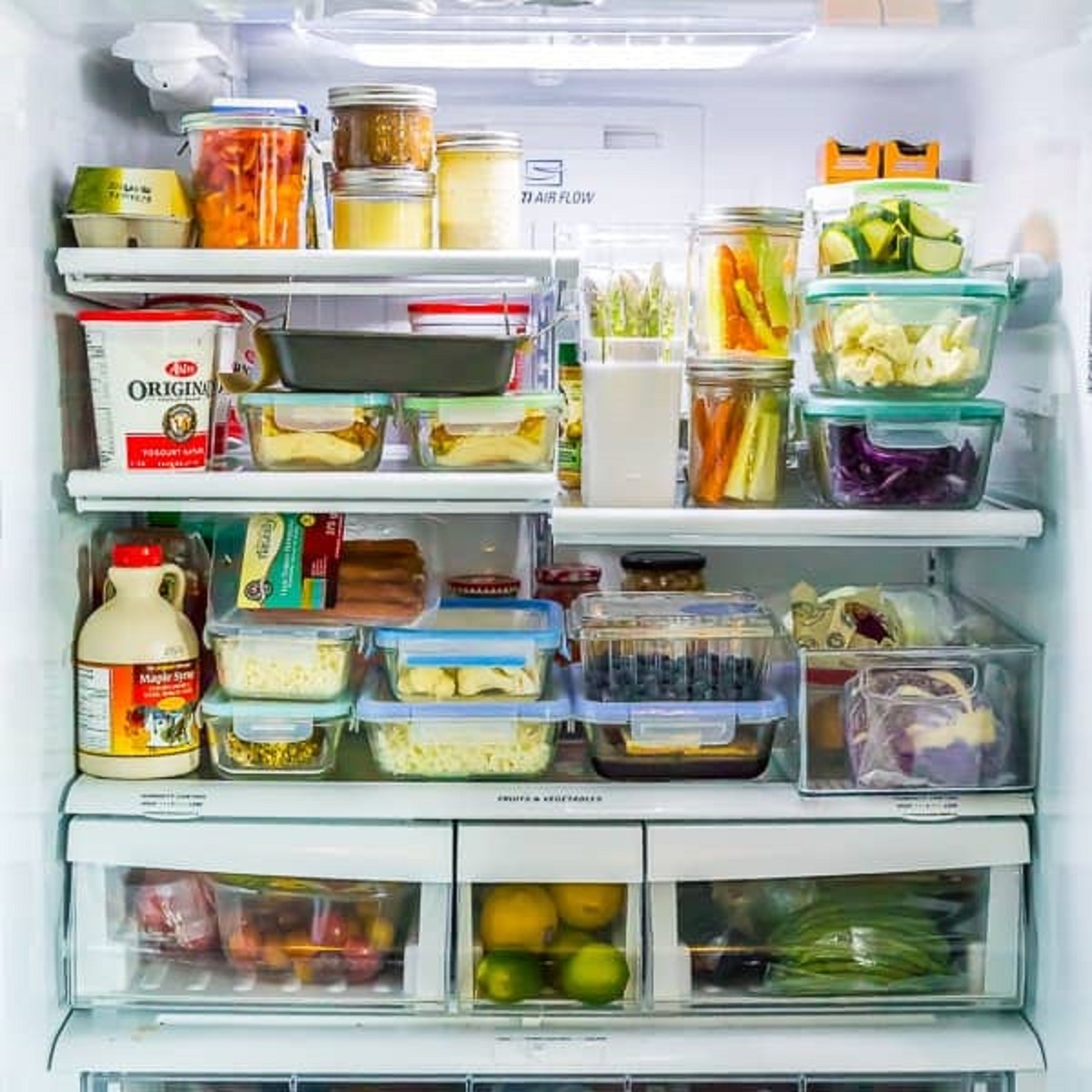
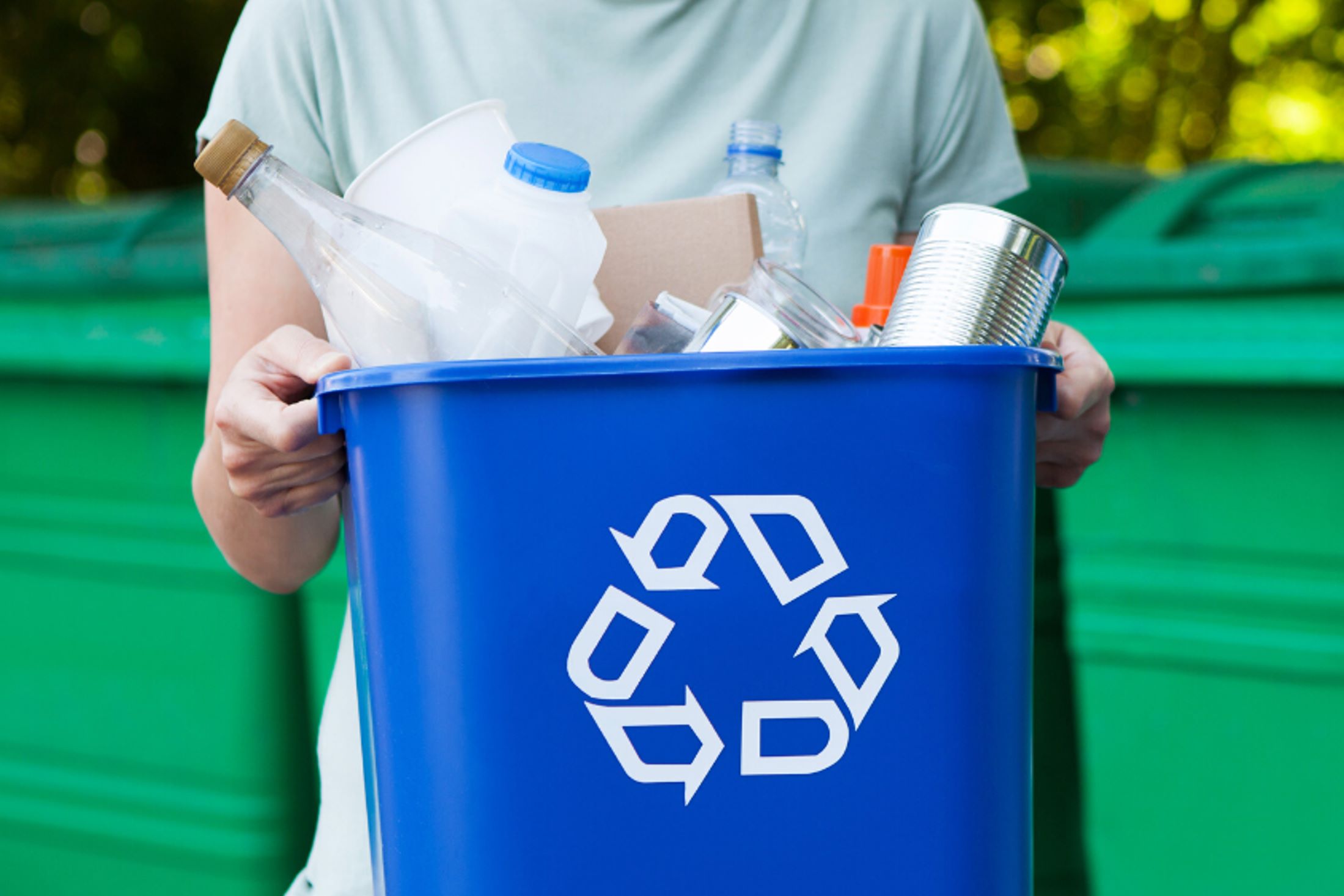
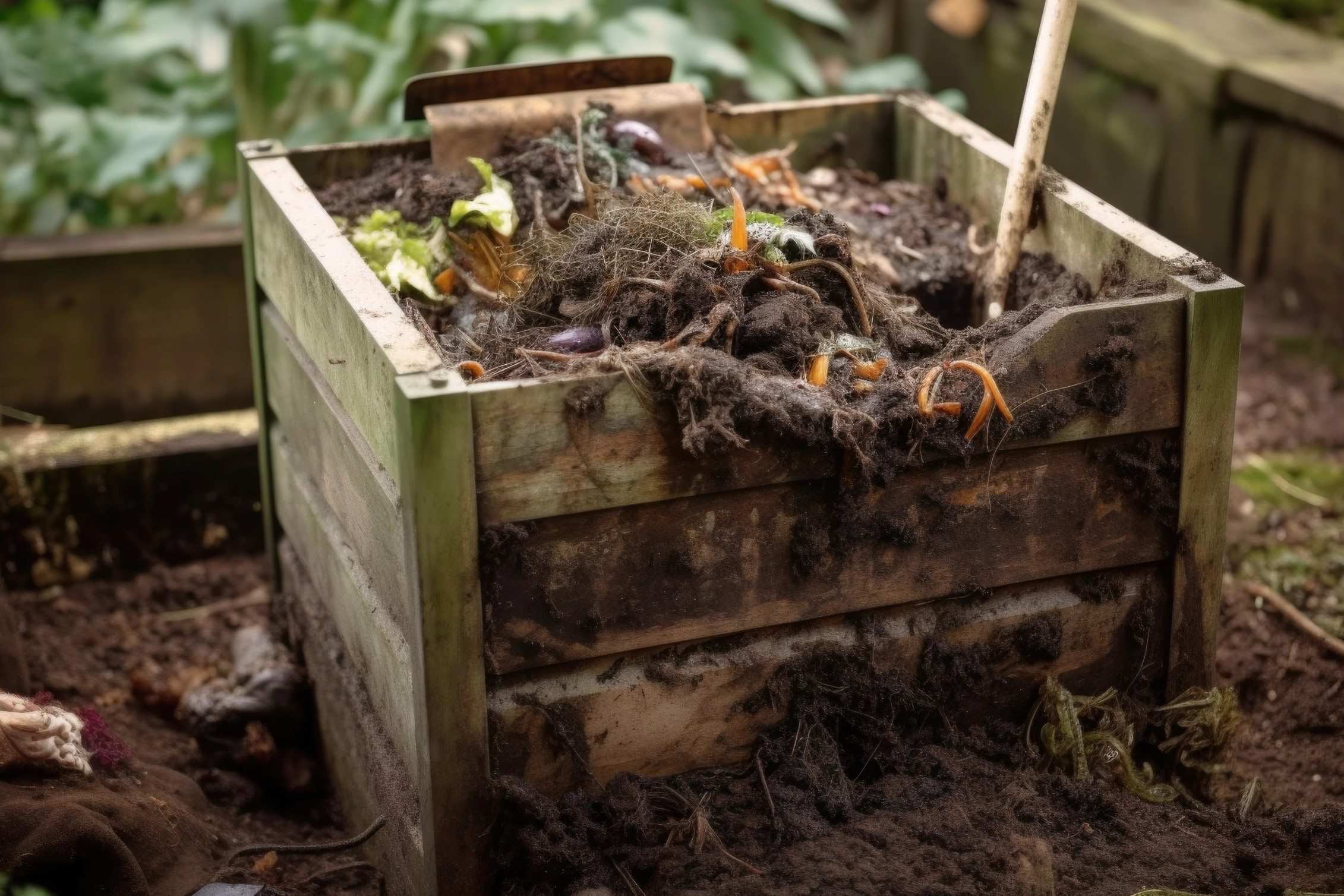


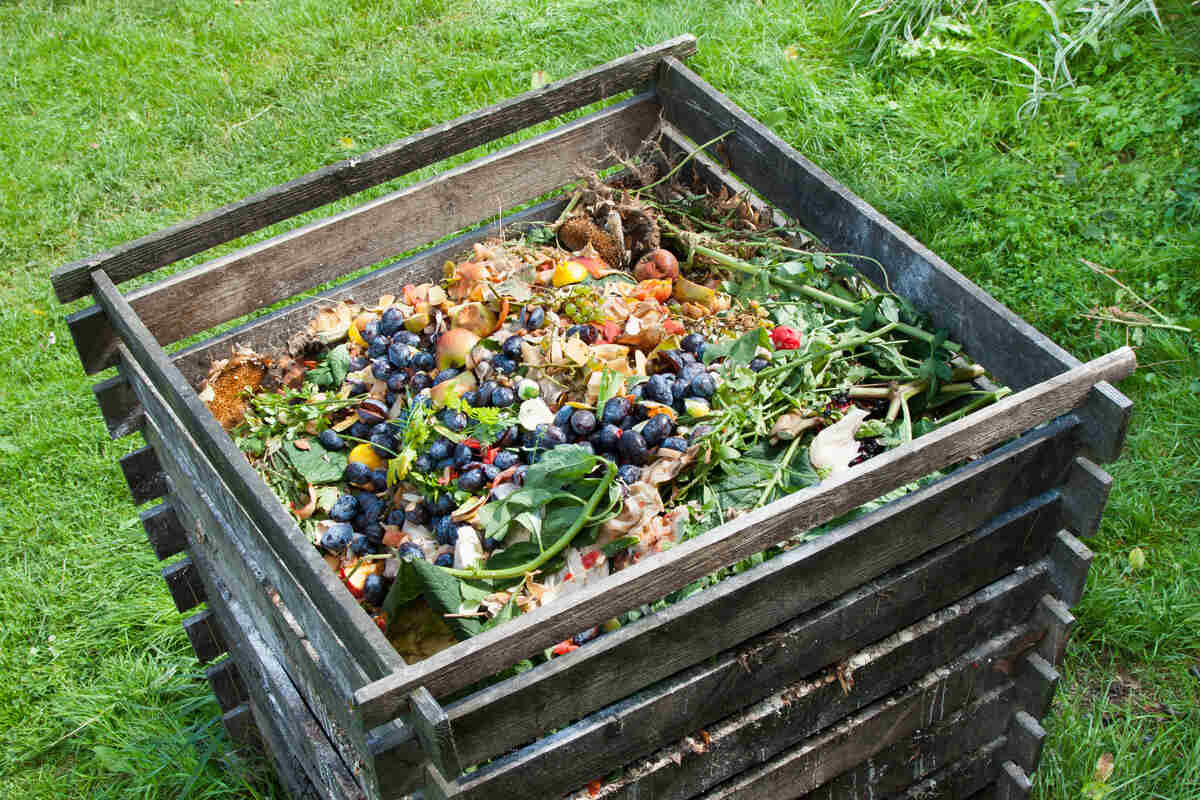

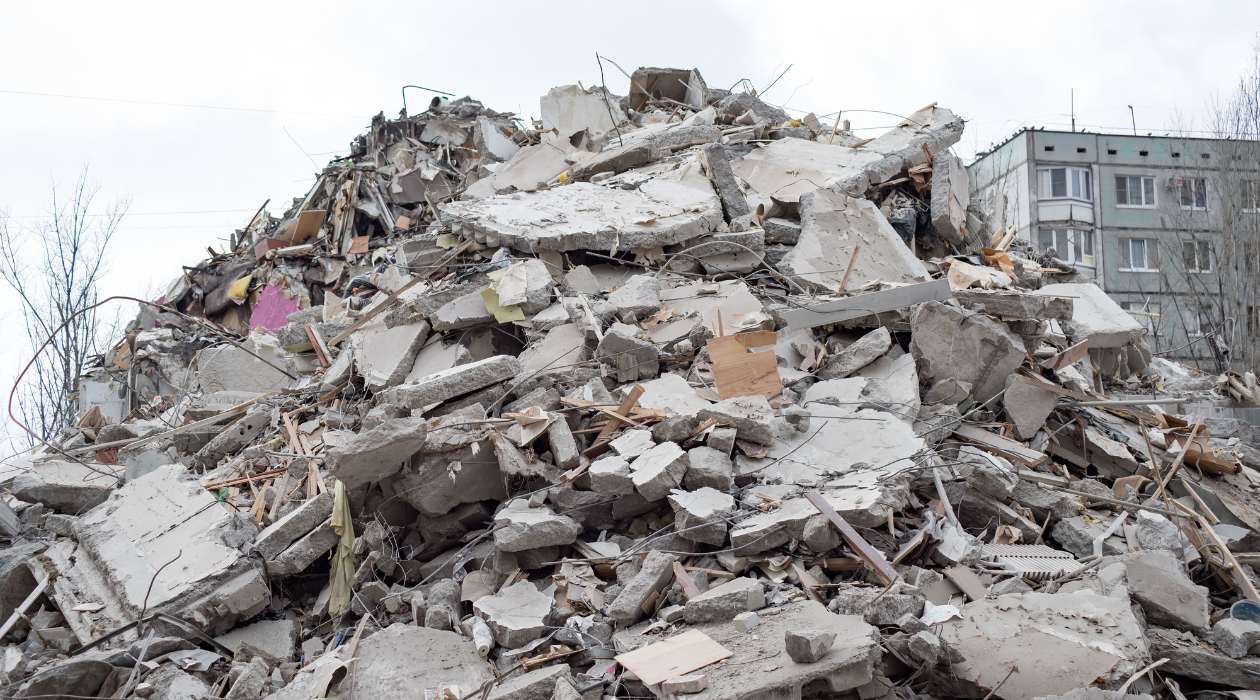
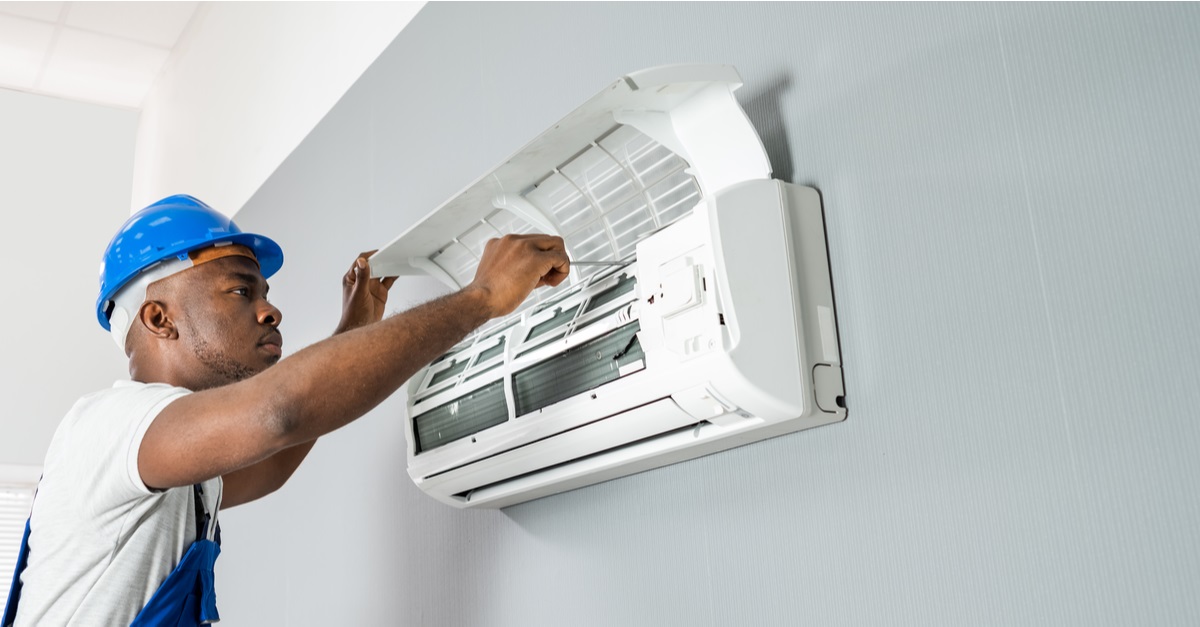
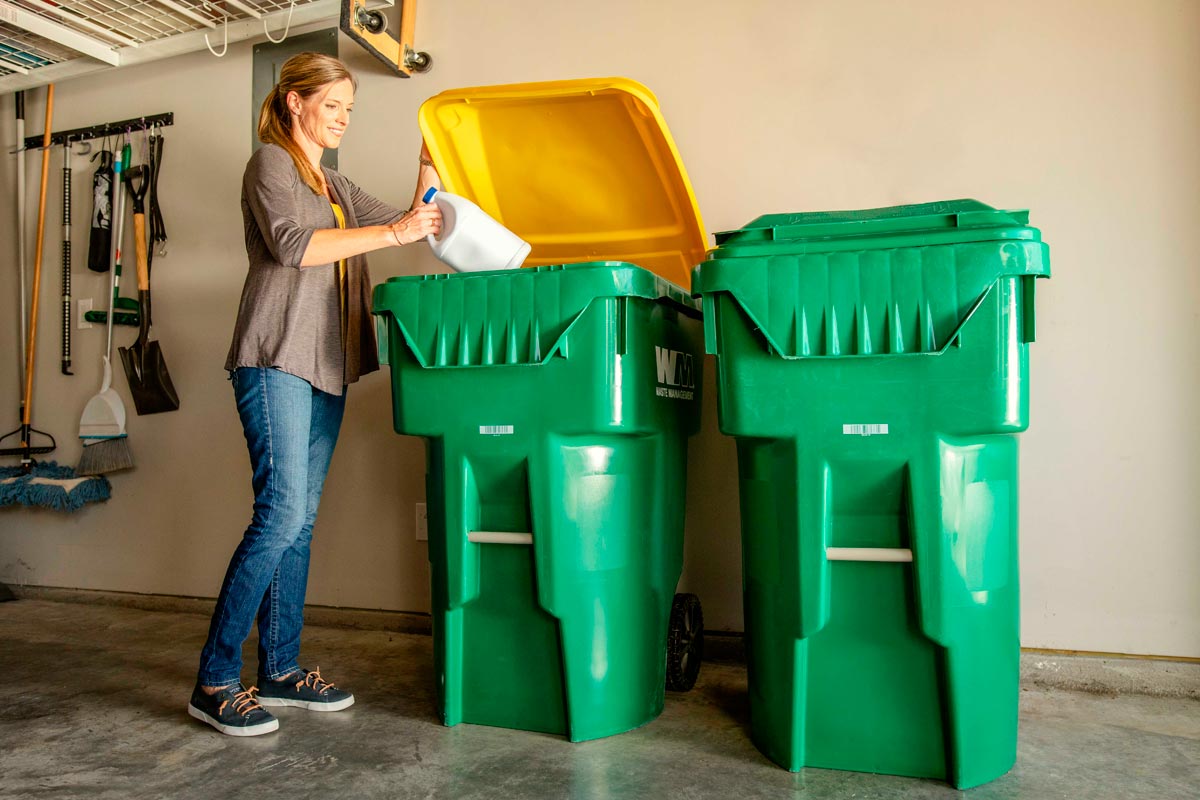
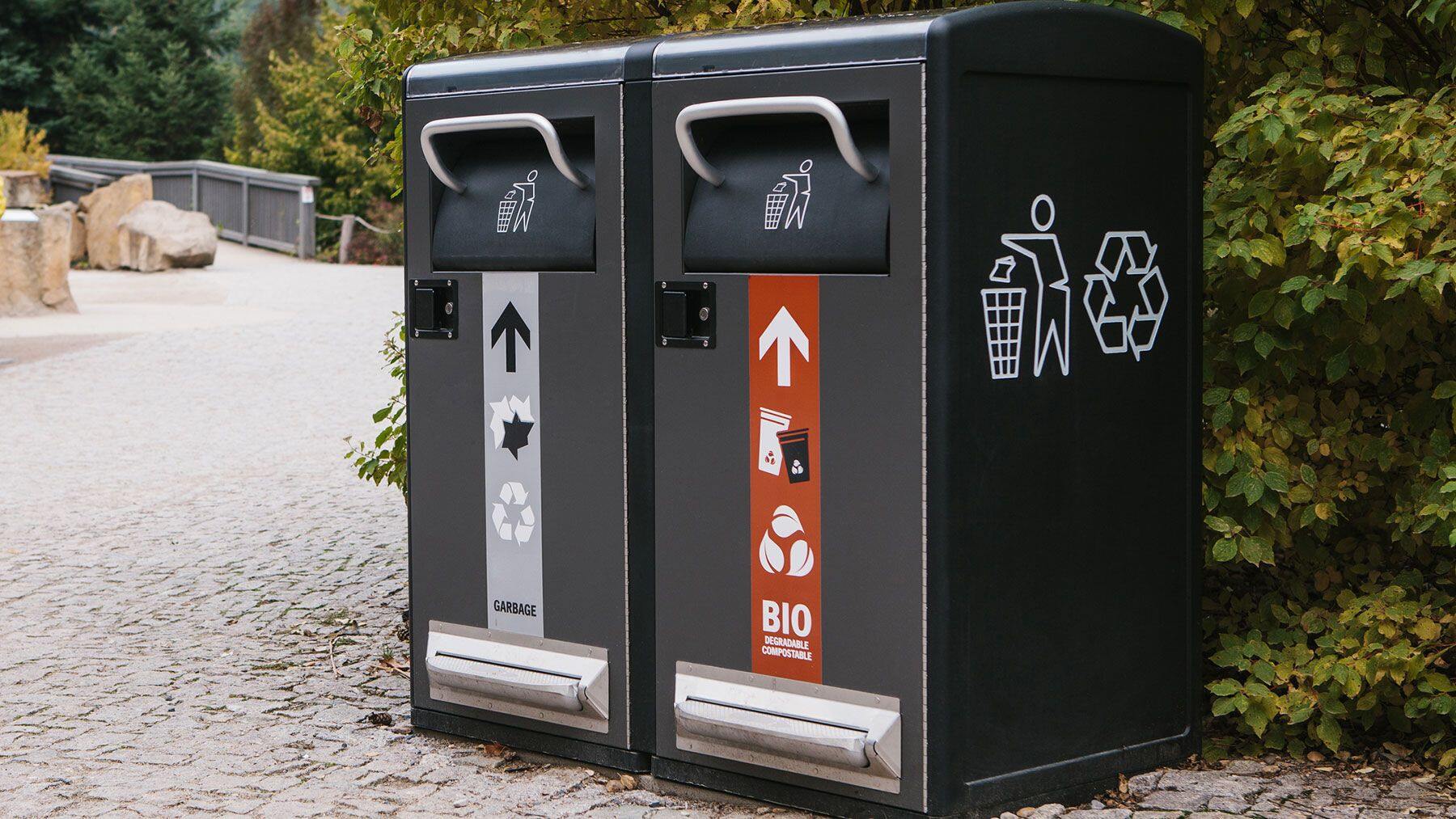
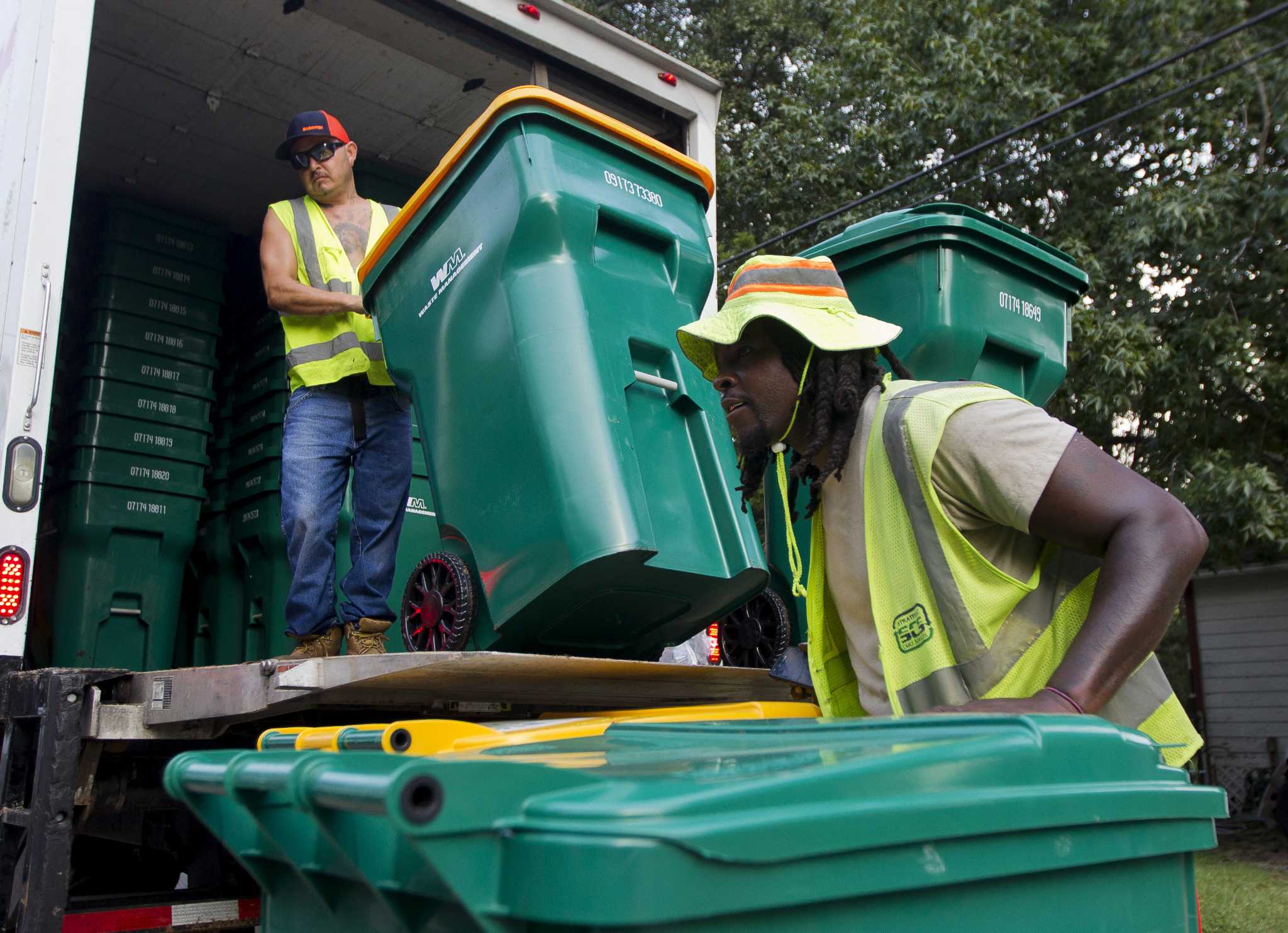

0 thoughts on “How To Store Nuclear Waste”